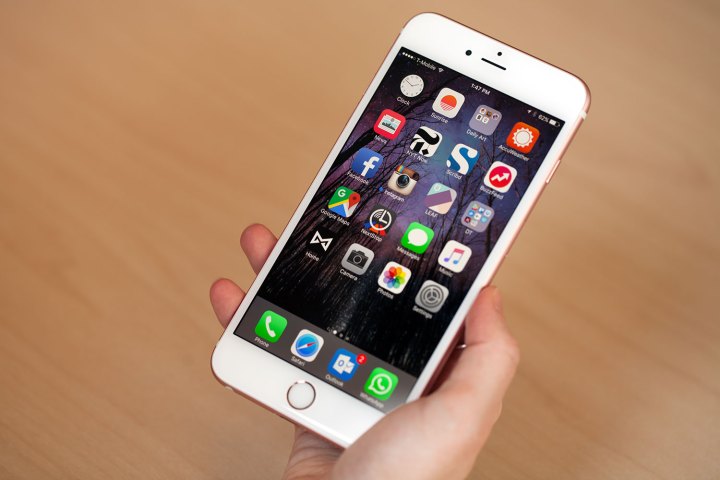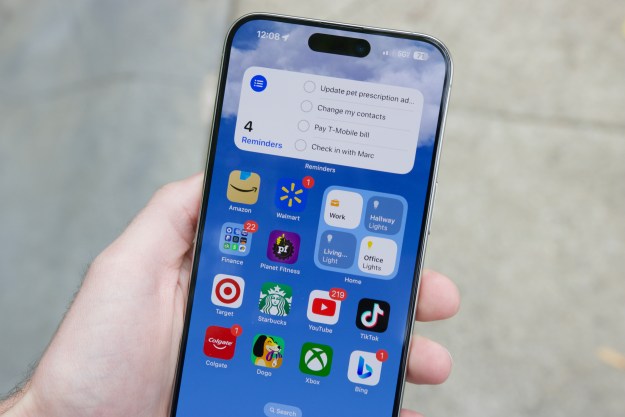
Apple shares capped off 2015 at $105.26 this past Thursday, which is down 4.64 percent from the start of 2015 and down 21.76 percent from the company’s all time high of $134.54 last April. In addition, Apple stock was negative 2.06 percent for the day.
Naturally, this affected Apple’s market capitalization, which fell $57 billion. In fact, since Apple’s inclusion in the Dow Jones industrial average last March, Apple’s value has fallen 17.5 percent.
As for what led to Apple’s down year in the stock market, analysts from RBC Capital Markets, J.P. Morgan, and Morgan Stanley point the finger at Apple’s decreasing momentum. More specifically, the concern seems to be surrounding reported lower-than-expected iPhone demand. Kantar Worldpanel’s recent report, which showed that the iPhone 6S accounted for lower iPhone sales in the three months ending in October than did its predecessor, seems to corroborate this worry, as well as the concern that the iPhone 6S and 6S Plus won’t duplicate the success that their respective predecessors experienced in 2014 and throughout 2015.
FBR & Co. analyst Daniel Ives recently spoke with CNBC and claimed that Apple’s armor may finally be showing some gaps. “I think the blooms are coming off the rose a bit for Apple. Not just in terms of the multiple, or in terms of what investors want to pay, but in terms of products,” said Ives. “It’s a make-or-break, white-knuckle period for Apple.”
Wall Street, however, isn’t quite as convinced of Apple’s eventual downfall, with zero out of 49 brokerages issuing a “sell” rating. There are several reasons for this, the biggest being just how many products Apple announced in 2015 and the revenue streams that they could eventually produce. In addition, Apple is set to refresh its iPhone, iPad, Apple Watch, and Mac lineups for 2016.
Finally, and just as important, is the landscape the iPhone 6 and 6 Plus entered in 2014 versus 2015 with the
Editors' Recommendations
- This one Apple Fitness feature completely changed how I exercise
- An Apple insider just revealed how iOS 18’s AI features will work
- This one thing could make iOS 18 the best iPhone update in years
- Everything you need to know about the massive Apple App Store outage
- This could be our first look at iOS 18’s huge redesign


